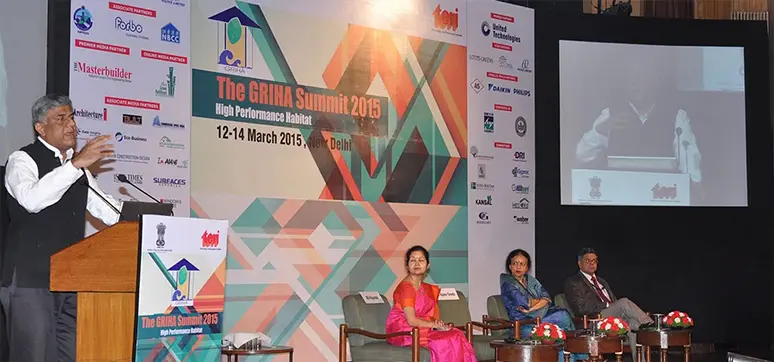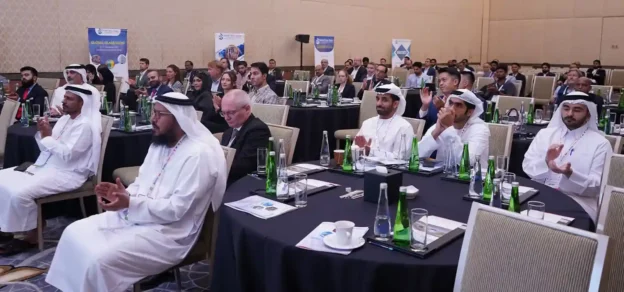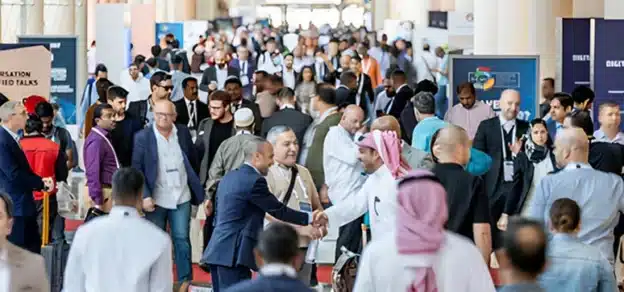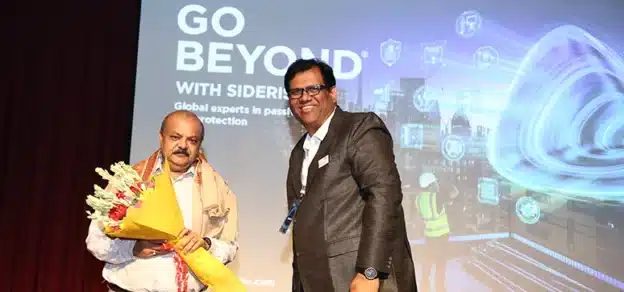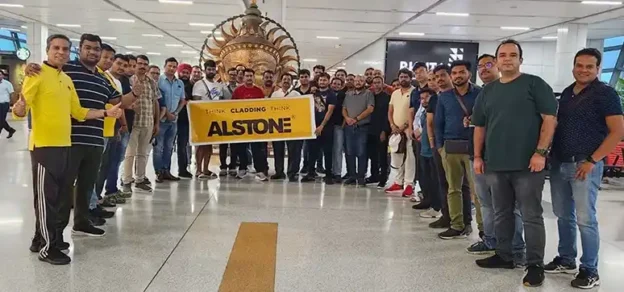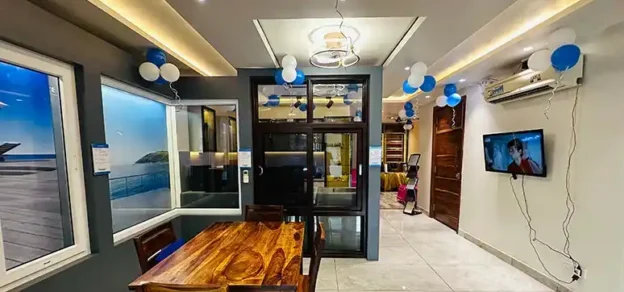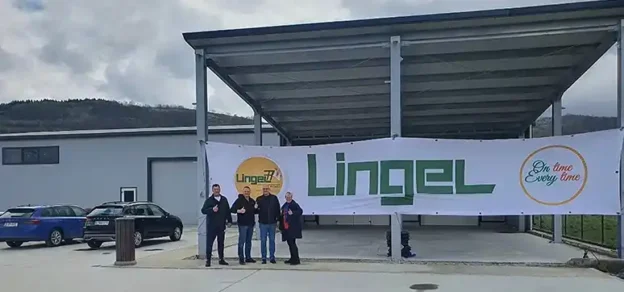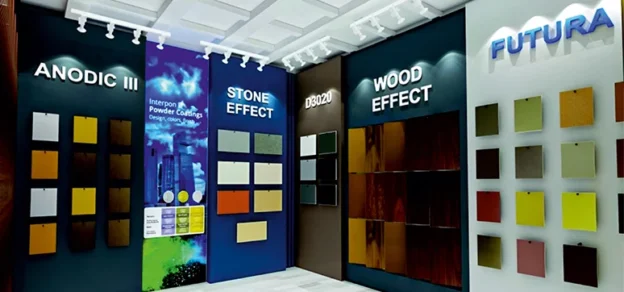Event Location : 6th GRIHA Summit held at New Delhi on 12th and 13th of March, 2015
The Union Ministry of New and Renewable Energy (MNRE) has proposed a manifold increase in the allocation for the transition phase from megawatt to gigawatt through the Green Rating for Integrated Habitat Assessment (GRIHA). Speaking at the 6th GRIHA Summit held at New Delhi on 12th and 13th of March, 2015, Upendra Tripathy, Secretary, MNRE, said that speed, scale and skill sets need to be enhanced to increase the renewable energy mix in our energy production. “The Summit is providing various ideas and is bringing together specialized professionals from different sectors to give a new thrust to renewable energy. We need to expand the number of institutions who are working to take this movement forward.” He added that India would soon overtake other countries in renewable energy, as the country has the resources and ideas to make this happen.
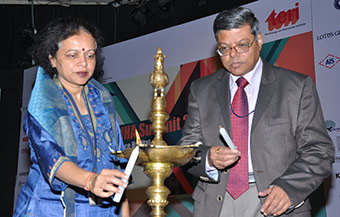
Leading professionals from the government, academia, civil society organisations, builders, architects and engineers participated in the sixth GRIHA Summit. Green Rating for Integrated Habitat Assessment (GRIHA) is the national rating system for green buildings in India and is the first indigenous attempt to address sustainability issues in the Indian construction sector. The Summit provides a platform to showcase the rating’s potential to achieve better performing buildings through its variances. More than 700 representatives from the construction industry participated in diverse discussions on breakthroughs in the urban and rural habitats. The Summit is being organized by The Energy and Resources Institute (TERI) and is supported by the Ministry of New and Renewable Energy (MNRE), Government of India, Bureau of Energy Efficiency (BEE), and the US Green Building Council (USGBC).
Delivering the inaugural address, Dr Rajeev Gowda, Member of Parliament in the Rajya Sabha, commented, “While negotiating with other countries on environment and climate change issues, we emphasize that India is a low-carbon impact society. However, things are changing and adversely. But we can still pre-empt this kind of future. We can distil the knowledge of our ancestors, build a bridge between the ancient wisdom and our cutting edge technology.”
Amit Kumar, Adjunct Professor, TERI University and Vice President, GRIHA Council voiced his concerns on the need to introduce certain changes in the construction sector. Dr Leena Srivastava, Acting Director-General, TERI who set the theme for the Summit with her welcome note, also stressed on the rapidly changing environment and the need to involve all stakeholders said, “Climate, as we know it, is changing. While we want people to occupy green buildings, and there are more energy service companies are stepping in with services required to facilitate this, it is important that the end-users are empowered to make informed decisions and understand that the economics work in their favour: She stressed on the need for concerted action on enhancing energy efficiency.
The two-day Summit hosted eminent speakers such as representatives from the government, architecture, construction, education talk about their experiences and vision to drive India towards a greener future. Some of our key speakers are Padma ShriGopal Shankar, Founder & Chief Architect, Habitat Technology Group; Alan Abraham, Principal, Abraham John Architects; Andrés Prera – Principal, LEED Fellow, 1/2ambiente, Guatemala; Jagan Shah, Director, National Institute of Urban Affairs, Government of India; Dr Leena Srivastava, Acting Director General, TERI; Mili Majumdar – Director, Sustainable Habitat Division, TERI; Mahesh Ramanujam, Chief Operating Officer – U.S. Green Building Council; John Hardy, Founder, Green School, Bali Indonesia; P Sahel, Vice Chairman, Lotus Greens Developers; Dr Steve Kardinal Jusuf, Senior Research Fellow, National University of Singapore; and Rajeev Talwar, Group Executive Director, DLF.
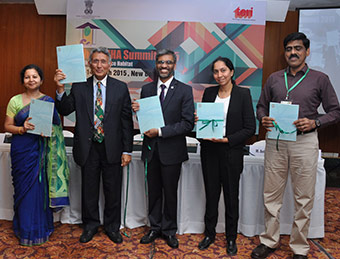
GRIHA Council felicitated seven professionals and organisations from diverse fields for having done exemplary work on promotion of sustainable habitats. The professionals are: Poorva Keskar, Director at VK: E-environmental & Principal in-Charge of Masters in Architecture at BRICK School of Architecture, Pune; Swati Puchapalli Reddy, Environmental Building Consultants, Terra Viridis; Anurag Bajpai, Director, Planning & Sustainable Design, Green Tree Building Energy Pvt. Ltd.; P Sahel, Vice Chairman, Lotus Greens; and Anamika Prasad, Director, Environmental Design Solutions. NP Agarwal, Executive Director, received the award on behalf of National Building Construction Corporation Ltd for mandating at least a 3-star rating for all its building projects and ensuring countrywide implementation of GRIHA by organising intensive training and capacity-building of its professionals all over the country through TERI. On behalf of Central Public Works Department, Divakar Garg, Director General (Works) received the award for being at the forefront of promoting GRIHA and Green buildings, particularly in the public sector.
Awards were presented to exemplary GRIHA projects and professionals in attaining sustainable habitats. The winners are Aishwaryam Courtyard, Pune; BPCL, Chembur; Circuit House, Pune; GAIL, Kailaras; Income Tax Commissioners Office, NOIDA; IRICEN, Pune; Neelkanth Park, SIDBI, Bhubaneswar; Sona College, Salem; National Council for Applied Economic Research (NCAER), Delhi (Site Management); Assam Water Research Management Institute, Guwahati (Passive Architecture Design); MNIT, Jaipur (Construction workers’ health and safety); Integrated Housing and Slum Development Programme (IHSDP), Lonar (Use of sustainable building materials) and Phase I and II of IIM, Udaipur (Integrated water management).
The winners GRIHA-NASA trophy sponsored by Lotus Greens and The Energy and Resources Institute (TERI) were NIT, Calicut, AMS Academy of Architecture, Chennai, Gateway College of Architecture (Sonipat Winner) and the Faculty of Architecture & Ekistics, Jamia Millia Islamia, New Delhi.
Among the highlights of the Summit was the launch of the LEED EB and Alternate Compliance Paths (ACPs) jointly developed by TERI and USGBC. Experts, consultants and officials of USGBC, TERI and GBCI shared their experiences on the tools and platforms developed to address issues around resource optimization in existing buildings.
